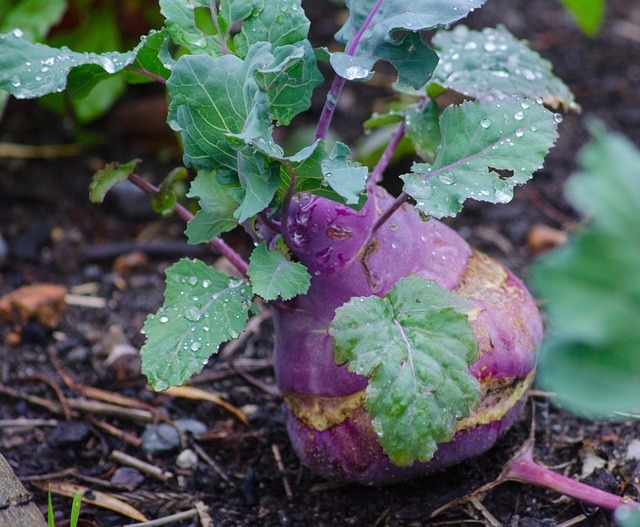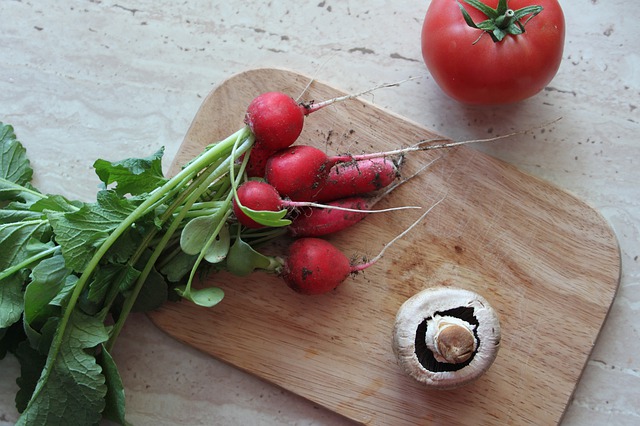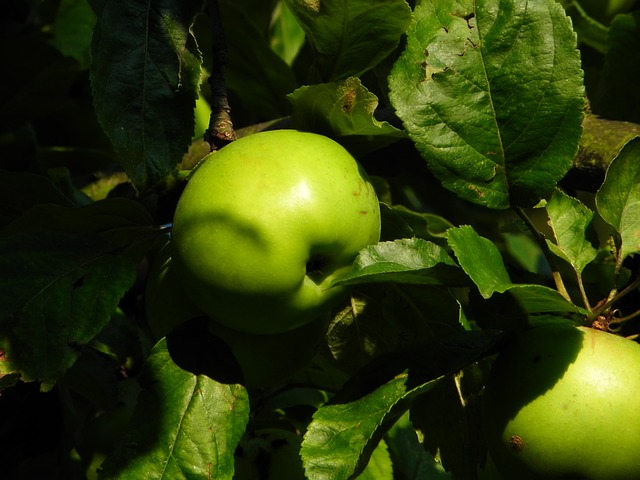Who doesn’t love clever shortcuts or handy tips that make life easier in the garden? Well, have we got a treat for you, because in this article and video we’re sharing six ingenious ideas to help you achieve more in the garden with less: less time, less effort or less money! You interested? Then let’s dive straight in!
Realtors Lead Generation Appointments
Eggshell Pots
I’m egg-cited (sorry!) to get started with our first hack: using eggshells to grow seedlings. Eggshells are completely biodegradable, and as they break down they’ll add valuable nutrients such as calcium to the soil. The shells are free too, assuming you were going to eat their contents anyway that is. So let’s get cracking!

Carefully peel the top off your morning boiled egg then prick a hole into the bottom using a pushpin or drawing pin – this will serve as a drainage hole. Enjoy your egg as normal.
Once you have enough eggshells boil them in water for one minute to sterilize them then let them dry. Fill them with seed starting mix, sow, water, then grow your seedlings on somewhere warm and bright. When it’s time to plant, just give the shell a gentle crush between your fingers so the roots are able to get out into the soil, and plant the whole thing.
Use kitchen scraps to make fertilizer for free
Make Organic Fertilizer
Really love your eggs? Then use the leftover shells as part of an organic fertilizer made using kitchen scraps.
Add banana skins, coffee grounds and those eggshells into a blender together with a few cups of water. Whizz it all up into a grainy soup then use the mixture fresh, diluted with more water. This kitchen-created fertilizer is full of nutrients – ideal for use around hungry feeders such as squashes, tomatoes and pole beans.
Never lose the growing information on plant labels again!
Organize Plant Labels
Are you forever losing plant labels and with them the handy growing instructions found on the back? Me too! Use a hole punch to make a hole at one end of the label then thread your labels onto a key ring. Hang them up somewhere obvious in the greenhouse or shed so they are always on hand for easy reference.
Store tools in a sand/vegetable oil mix so blades remain in good conditionsKeep Tools Clean and Rust-free
While we’re in the shed, let’s give those hand tools some TLC. Mix together sand with vegetable oil. The abrasiveness of the sand will help keep your tools clean, while the oil should prevent blades from rusting.
Fill a pot with your sand-oil mixture then plunge hand tools such as trowels into the mix whenever they’re not in use. Or fill a bucket with the mixture to dip spade and fork blades into before putting them away.
Recycle your plastic water bottles into mini greenhouses for plants
We buy ugly houses in Coconut Creek
Protect Young Plants
Recently transplanted seedlings are vulnerable to frost and chilly winds. Keeping them snug’s a cinch with instant cloches made from old bottles. Gallon-sized milk cartons or soda bottles work best. Cut off the bottom, remove the cap so air can circulate, and pop them over your plants.
Make your own weedkiller for weeds in paving and other hard surfaces
Make an Organic Weedkiller
Hoeing and hand weeding is great in beds and borders, but what about niggling weeds sprouting from the cracks in driveways and paving? Nasty chemical weed killers are out for organic gardeners, but scratching around with a weeding tool doesn’t sound like much fun either. So why not see them off with a safe but powerful organic spray you’ve made yourself.
Simply mix one pint or half a liter of white vinegar with two tablespoons of salt and a teaspoon of lemon juice. Stir to combine. Decant into a spray bottle and, with gloves on, spray the potent brew onto weeds. Do this on a still, sunny day and be sure to cover all surfaces. Weeds will quickly wither and die.
And there you have our handy horticultural hacks. Have you got one to add to this list? Then drop us a comment below and tell us about it! Tree removal and trimming

